Gyeongjuhanok 1st (경주한옥1번가)
8.2Km 2025-07-24
20, Cheonwon 1-gil, Gyeongju-si, Gyeongsangbuk-do
Standing at the entrance of Cheonwon Village in Gyeongju, Gyeongsangbuk-do, Gyeongju Hanok First is a hanok stay combining the beauty of tradition with modern convenience. All rooms are Korean-style with comfortable bedding on the floor, and all have a toilet and bathroom. One guestroom has its own kitchen, while the others have basic cooking facilities in a shared kitchen. The spacious yard is decorated with figurines in traditional clothes. Nearby tourist attractions include Anapji Pond, Cheomseongdae Observatory, and Gyeongju Museum.
Gyeongju Oreung Hanok (경주오릉한옥)
8.2Km 2025-07-18
12-17, Gukdang 2-gil, Gyeongju-si, Gyeongsangbuk-do
Oreung Hanok in Gyeongju, is a guesthouse just across Namcheon Stream from Gyeongju’s Five Royal Tombs (‘oreung’ in Korean). The guesthouse’s location gives it a panoramic view not only of the tomb complex but over much of the 1,000 year old city of Gyeongju. The cozy rooms have double doors to block drafts and noise, and clean white bedding; while the spacious yard outside is a good spot for taking photos. The bustling Hwangnidan Street is a 15-minute walk away, while must-see sites Cheomseongdae, the Daereungwon tomb complex, Donggung Palace and Wolji Pond are 10 minutes away by car.
Tumba del Rey Muyeol y Estela del Rey Taejong Muyeol (경주 무열왕릉, 태종무열왕릉비)
8.3Km 2025-05-23
Neungnam-gil 10-4, Gyeongju-si, Gyeongsangbuk-do
La tumba real del rey Muyeol es de Kim Chun-chu, quien subió al trono como 29º gobernante del Reino de Silla. Este rey intentó unificar los tres reinos aliando fuerzas con la dinastía Tang de China, pero falleció antes de que pudiera lograr su objetivo con éxito. Al este de la tumba, se encuentran los restos de su estela con una inscripción que dice: “Taejong Muyeol Daewangjibi (lápida del Gran Rey Muyeol)”.
Huewon (경주휴원)
8.5Km 2025-06-04
154, Chunghyoseoak-gil, Gyeongju-si, Gyeongsangbuk-do
Tumba de la Reina Seondeok en Gyeongju (경주 선덕여왕릉)
8.5Km 2022-08-03
Bomun-dong, Gyeongju-si, Gyeongsangbuk-do.
Esta tumba se encuentra situada en la ciudad de Gyeongju, y corresponde a la 27ª mandataria del reino de Silla (57 a.C.-935 d.C), la reina Seondeok (período de reinado: 632-647). Fue hija del rey Jinpyeong, quien no tuvo un heredero varón, por lo que logró ser la primera mujer en ocupar el trono en la historia de Silla. Durante sus 14 años de reinado, se construyeron el templo Bunhwangsa y el observatorio Cheomseongdae, también ordenó la construcción de la famosa pagoda de madera de 9 pisos del templo Hwangnyongsa, un logro de la arquitectura budista. Además, tuvo bajo su autoridad a Kim Chunchu, quien en el futuro se convirtió en el rey Muyeol, y al general Kim Yu-sin, ambos personajes cruciales para la Unificación de los Tres Reinos, es decir, ella sentó las bases para que dicho acontecimiento pudiese tener éxito. Pero lamentablemente, por ser una mujer inquietó a la autoridad real, y así surgió la rebelión. Por desgracia, falleció en su transcurso en el año 647, 23 años antes de que se realizara la unificación. La tumba es circular, con un contorno de 73 m, y posee 2 capas de piedras naturales por debajo del túmulo para su protección; sin otros detalles en especial, en comparación con otras tumbas reales, presenta un tamaño de menores dimensiones. En sus cercanías se encuentran otros lugares históricos de importancia.
Puente Woljeonggyo (월정교)
8.6Km 2025-03-17
Gyo-dong 274, Gyeongju-si, Gyeongsangbuk-do
Aldea Gyochon en Gyeongju (경주 교촌마을)
8.6Km 2025-04-24
Gyochon-gil 39-2, Gyeongju-si, Gyeongsangbuk-do.
Situada en la ciudad de Gyeongju, la Aldea Gyeochon es un pueblo de casas tradicionales hanok que permite a los visitantes ver la vida del famoso clan Choi. Los visitantes pueden ver su casa y probar el licor Beopgju Gyodong de Gyeongju.
Yosukgung 1779 (요석궁1779)
8.7Km 2025-09-02
19-4 Gyochonan-gil, Gyeongju-si, Gyeongsangbuk-do
Biblioteca del Milenio de Silla en el Museo Nacional de Gyeongju (국립경주박물관 신라천년서고)
8.7Km 2025-04-29
Inwang-dong 76, Gyeongju-si, Gyeongsangbuk-do
Museo Nacional de Gyeongju (국립경주박물관)
8.7Km 2025-03-21
Iljeong-ro 186, Gyeongju-si, Gyeongsangbuk-do.
El Museo Nacional de Gyeongju se caracteriza por su profunda tradición, con una historia de aproximadamente 90 años. Representando a Gyeongju, ciudad que había sido la capital del reino de Silla (57 a.C. - 935 d.C.), es en este museo donde podrá ver la historia cultural de Gyeongju.
El área de exhibición está dividida en cuatro grandes secciones: la Sala Principal, los Anexos I y II, y al aire libre, se halla el Área Descubierta de Exhibición (Predio del Museo). En la Sala Principal, podrá observar cerámicas de barro, y las salas de Artes y Artesanías podrá ver numerosas obras artísticas y trabajos artesanales. La Sala Memorial Gugeun tiene en exhibición 666 reliquias que fueron donadas por Lee Yang-Seon de su colección personal para su preservación. Los restos de reliquias excavadas de las grandes tumbas que se hallaban en la ciudad de Gyeongju se encuentran exhibidas en el Anexo I, o la Galería Gobun. Entre ellos, hay adornos magníficos tales como coronas de oro, coronas ornamentales, cintos y aretes, entre otros. A través de estos artículos podrá vivir la experiencia del sobresaliente nivel artístico del período de Silla. Aproximadamente 30.000 artículos fueron excavados del estanque Wolji, entre los cuales los más significativos se hallan expuestos al público en el Anexo II, o la Galería Wolji. Las demás galerías tienen en exhibición los utensilios del hogar. La gran variedad de clases de ítems ilustra la vida de la corte real durante el período de Silla.
Después de recorrer las galerías, podrá trasladarse al Área Descubierta de Exhibiciones, que la componen los Jardines del Museo. La Campana del Rey Seongdeok colocada aquí es la campana de mayor renombre de los templos budistas. También hay varios artículos de los palacios de la realeza y templos que se hallan exhibidos aquí. Las esculturas budistas decoran la mayoría de los objetos de piedra. Si usted es un viajero interesado en el budismo o la magnificencia de la cultura de los palacios reales, este es un sitio que no deseará perderse.
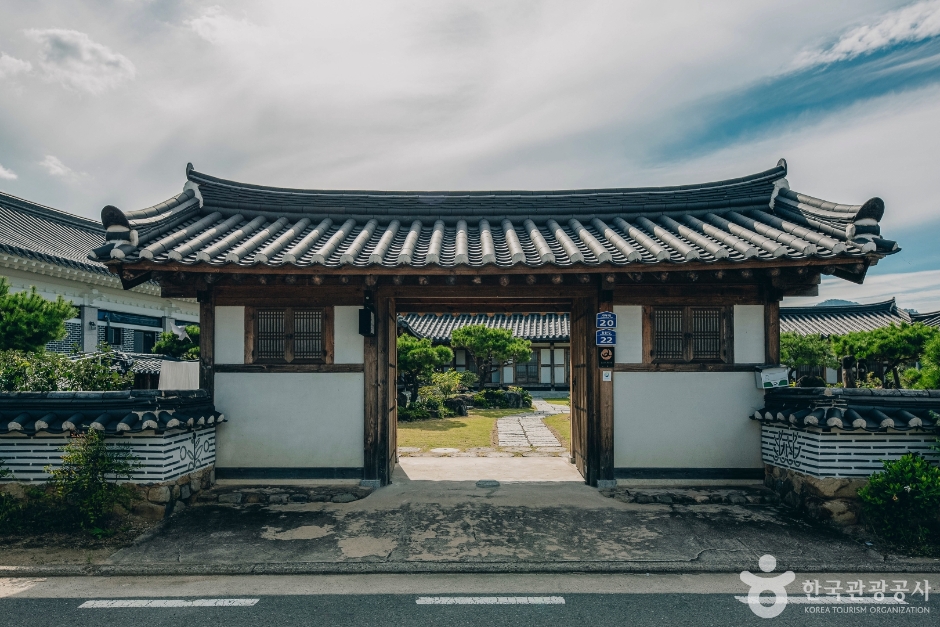
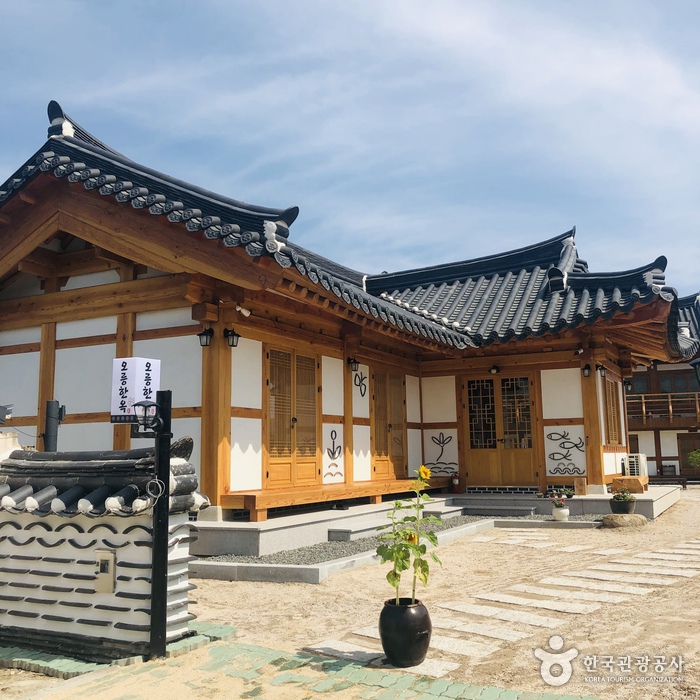
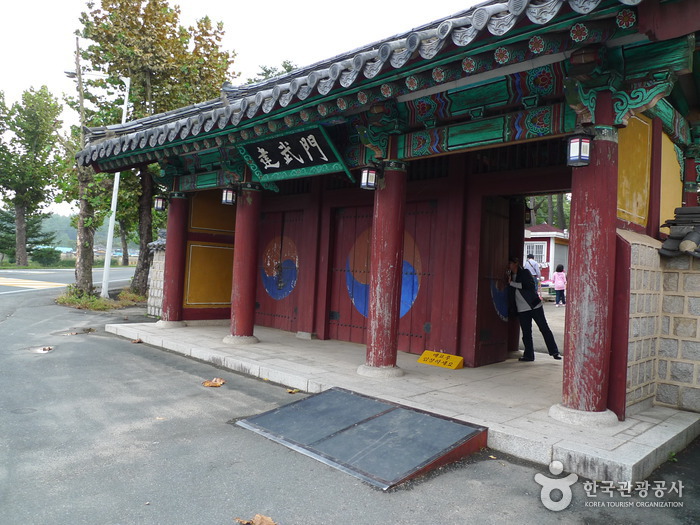
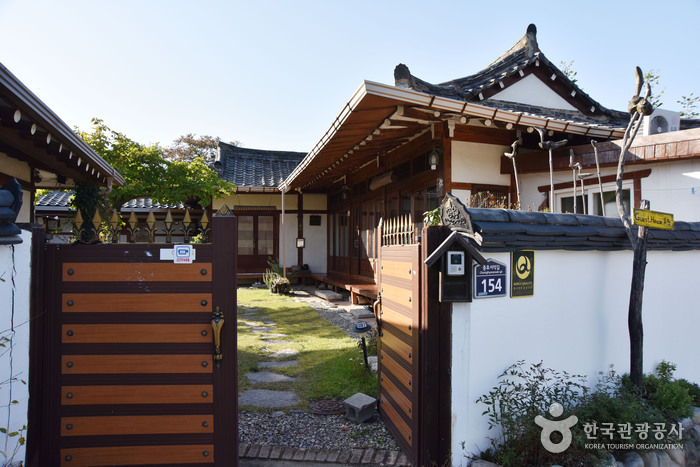
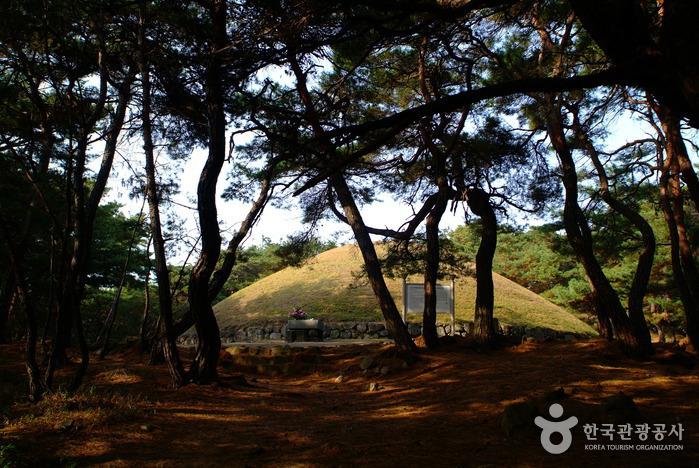
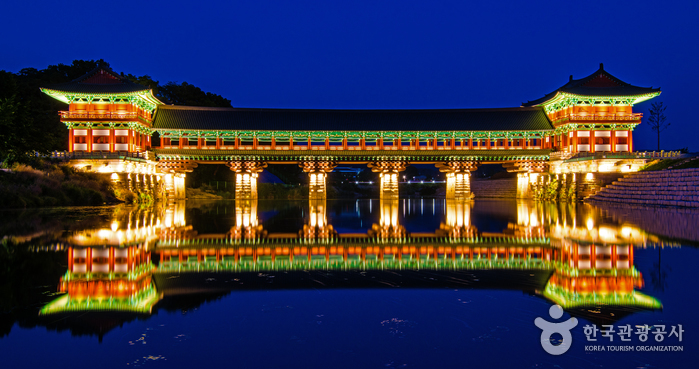
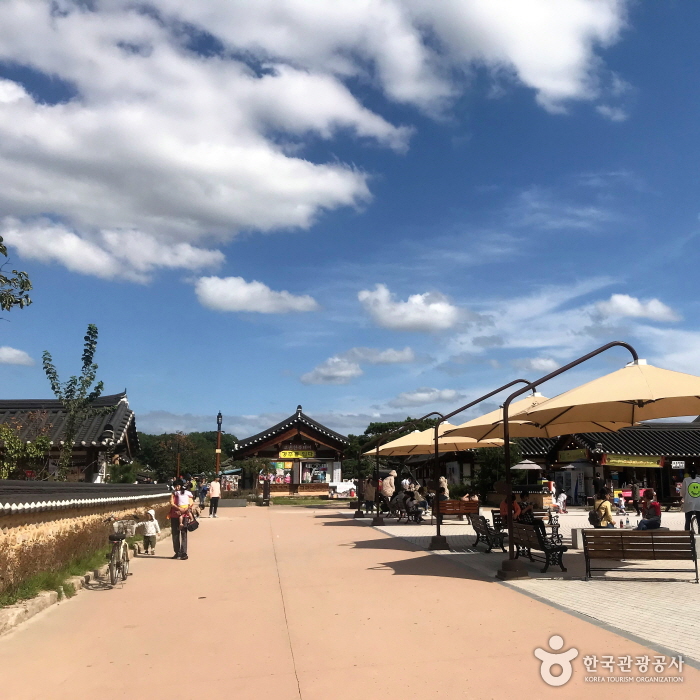

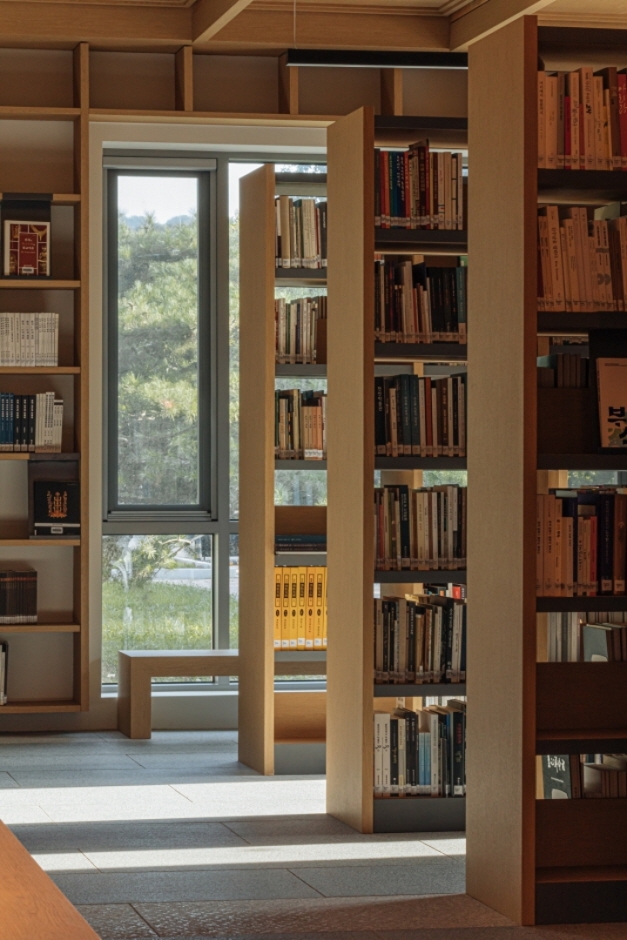
 Español
Español
 한국어
한국어 English
English 日本語
日本語 中文(简体)
中文(简体) Deutsch
Deutsch Français
Français Русский
Русский